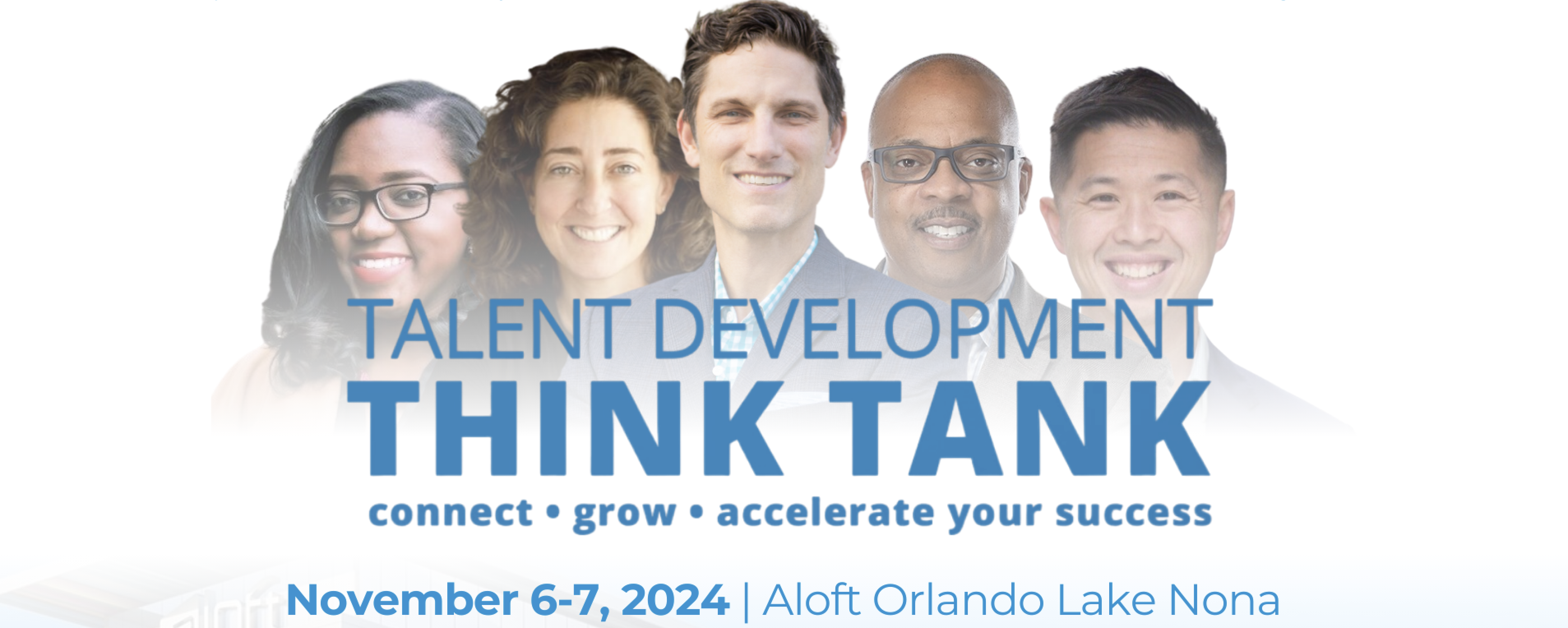In a recent episode of the Talent Development Hot Seat podcast, host Andy Storch and Mark Cruth delved into the challenges and opportunities of managing distributed teams in today's global workforce. Mark, a principal modern work coach at Atlassian, shared valuable insights gained from his extensive experience helping organizations navigate the complexities of remote collaboration.
Here are some key takeaways and actionable steps to help you effectively manage your own distributed teams:
Embrace Intentional Technology Use
Mark emphasized the importance of using technology intentionally to bridge the gaps created by different time zones and locations. Tools like Confluence and Loom can be powerful allies in fostering collaboration and communication across distributed teams. Loom, in particular, allows for engaging video-based interactions, enabling screen sharing, conversation, and commenting around shared content. By deliberately leveraging these tools, you can create a more connected and aligned team, even when working asynchronously.
Implement Asynchronous Communication Strategies
Traditional synchronous meetings can be challenging when team members are spread across time zones. Mark highlighted the benefits of asynchronous communication methods, such as using Loom for weekly updates and town hall meetings. By shifting to an asynchronous approach, you can increase engagement and participation while ensuring that information is effectively distributed to all team members. Encourage your team to embrace asynchronous communication whenever possible to optimize collaboration and productivity.
Foster Intentional Togetherness
While remote work offers many benefits, it's crucial to create opportunities for intentional togetherness. Mark discussed the concept of "intentional togetherness," which involves bringing distributed teams together at specific times for collaboration, trust-building, and connection. Consider organizing quarterly team meetups in different locations to foster a sense of belonging and alignment. These in-person gatherings can have a lasting impact on motivation, trust, and collaboration, even after team members return to their remote work environments.
Design Collaborative Workspaces
When distributed team members do come together in person, it's essential to provide workspaces that facilitate collaboration and teamwork. Atlassian's office spaces are designed with open areas, white boarding spaces, and social gathering spots to encourage interaction and ideation. Consider how you can create similar collaborative environments when your team meets in person, whether in a traditional office setting or an off-site location.
Prioritize Onboarding and Integration
Integrating new employees into a distributed team can be challenging, but it's essential for their success and sense of belonging. Mark emphasized the importance of detailed onboarding plans, connections, mentorship, and training programs to effectively integrate new hires. Offer a mix of self-directed learning, virtual programs, and in-person boot camps to help new team members feel connected and supported. Experiment with cohort-based approaches to foster a sense of camaraderie among new hires.
Embrace Individual Work Styles
In a distributed work environment, it's crucial to be intentional about accommodating individual work styles and needs. Mark discussed the use of a user manual tool to help team members understand and respect each other's unique ways of working. Encourage open communication about personal needs and boundaries within your team, and establish explicit working agreements to ensure everyone can work in the way that best suits them.
Maintain Regular Team Alignment
Maintaining team connections and alignment is an ongoing process, much like fueling a car to keep it running smoothly. Mark cautioned against waiting too long to reconnect, as it can lead to lost opportunities and dysfunctional teamwork. Make a conscious effort to regularly bring your team together, whether virtually or in person, to maintain a strong sense of connection and purpose.
By implementing these strategies and lessons learned from Atlassian's Mark Cruth, you can effectively manage your distributed teams, fostering collaboration, trust, and productivity across time zones and locations. Remember, the key is to be intentional in your approach, leveraging technology, communication, and in-person interactions to create a cohesive and thriving remote team.
Be sure to listen to the full episode on the Talent Development Hot Seat Podcast!


